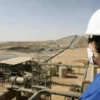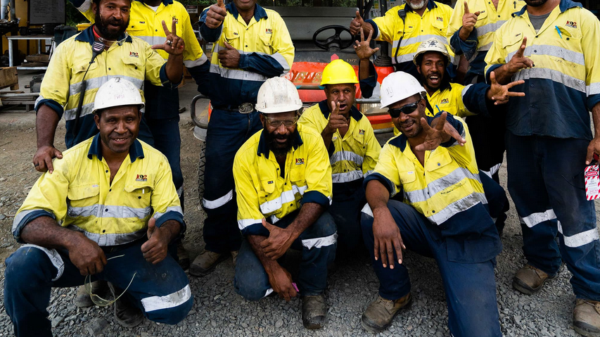Azincourt Energy (TSXV: AAZ) (OTCQB: AZURF) received approvals for its upcoming winter drilling program at the East Preston uranium project in the Athabasca Basin in Saskatchewan today.
The company has received permits and approval for the program and has also committed to working with the Clearwater River Dene Nation (CRDN) to create opportunities for local businesses. The company’s winter plans include a program that consists of 6,000 metres of drilling in over 20 diamond drill holes. Azincourt’s priority is to continue to evaluate the alteration zones and elevated uranium it identified in the winter of 2022. It will also focus on the K and H zones.

East Preston. Image via Azincourt Energy.
“Last year for the first time we were able to delineate substantial zones of hematite alteration, some of it almost 200 meters wide. We started to get into the clays and hit some elevated zones of uranium enrichment,” said Alex Klenman, CEO of Azincourt Energy.
Read more: American Lithium to spin-out Peru uranium project into separate company
Read more: The Mugglehead resources and mining roundup: uranium
Azincourt works on its to-do list
Furthermore, the key points of Azincourt’s plan involve improving road access, camp construction and the diamond drilling itself. The company anticipates starting preparations preparations for the access road immediately, with camp construction following in January. Azincourt intends on mobilizing the drills by mid-January. The whole program should be finished by the first week of April.
The target area for the East Preston Project is the conductive corridors along the A-Zone through to the G-Zone and the K-Zone through to the H and Q-Zones. Further, the company selected these trends based on the results from the 2018 through 2020 ground based electromagnetic and gravity surveys, property wide VTEM and magnetic surveys and the drill programs from 2019 through 2022.
Drilling confirmed that structurally disrupted zones consist of geophysical conductors host to aggregates of graphite, sulphides and carbonates. Hydrothermal alteration, anomalous radioactivity and elevated uranium have also been shown to exist within these disrupted conductor zones.
Follow Joseph Morton on Twitter
joseph@mugglehead.com














